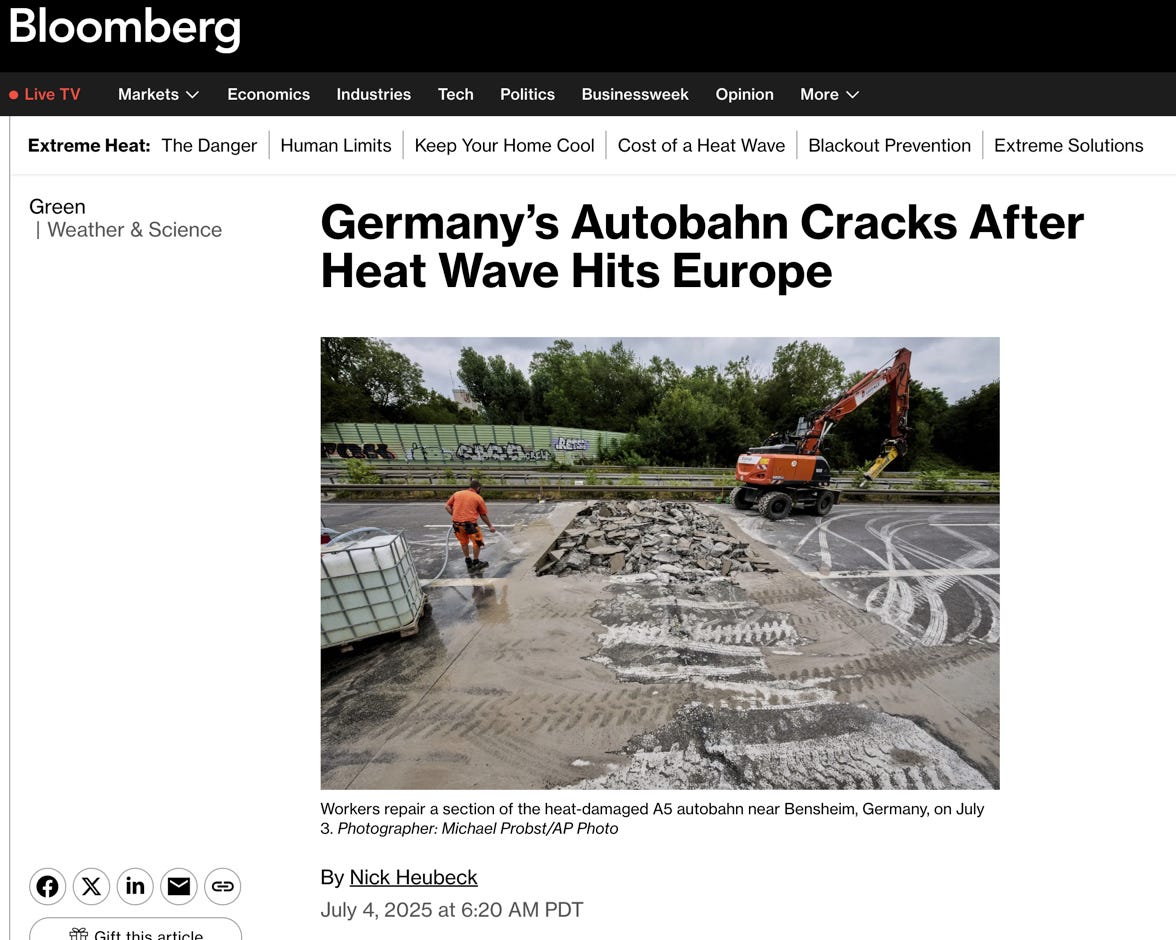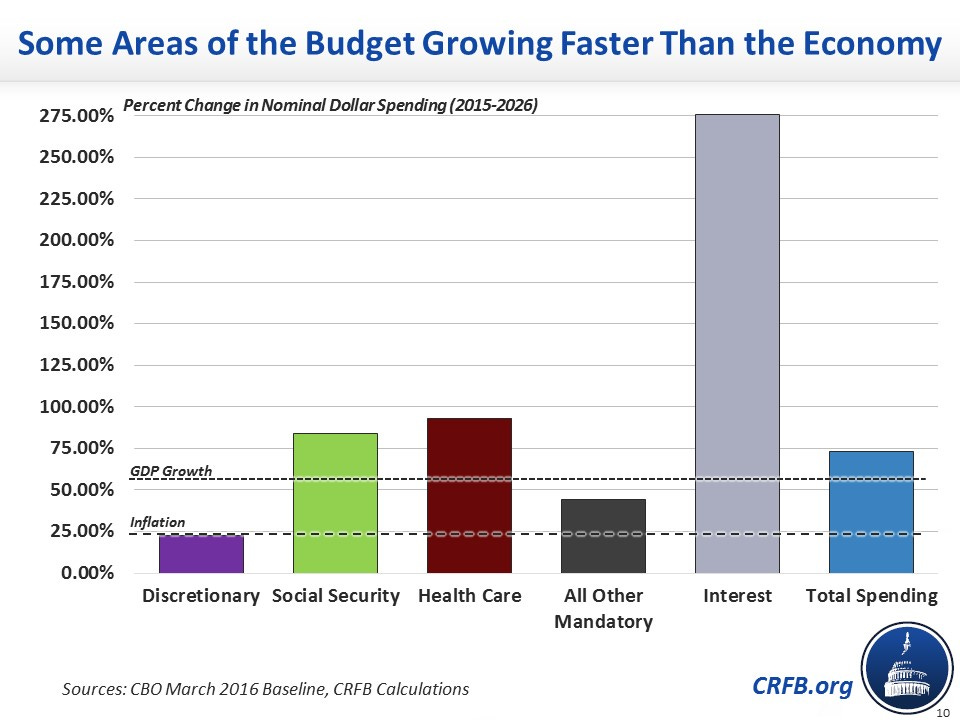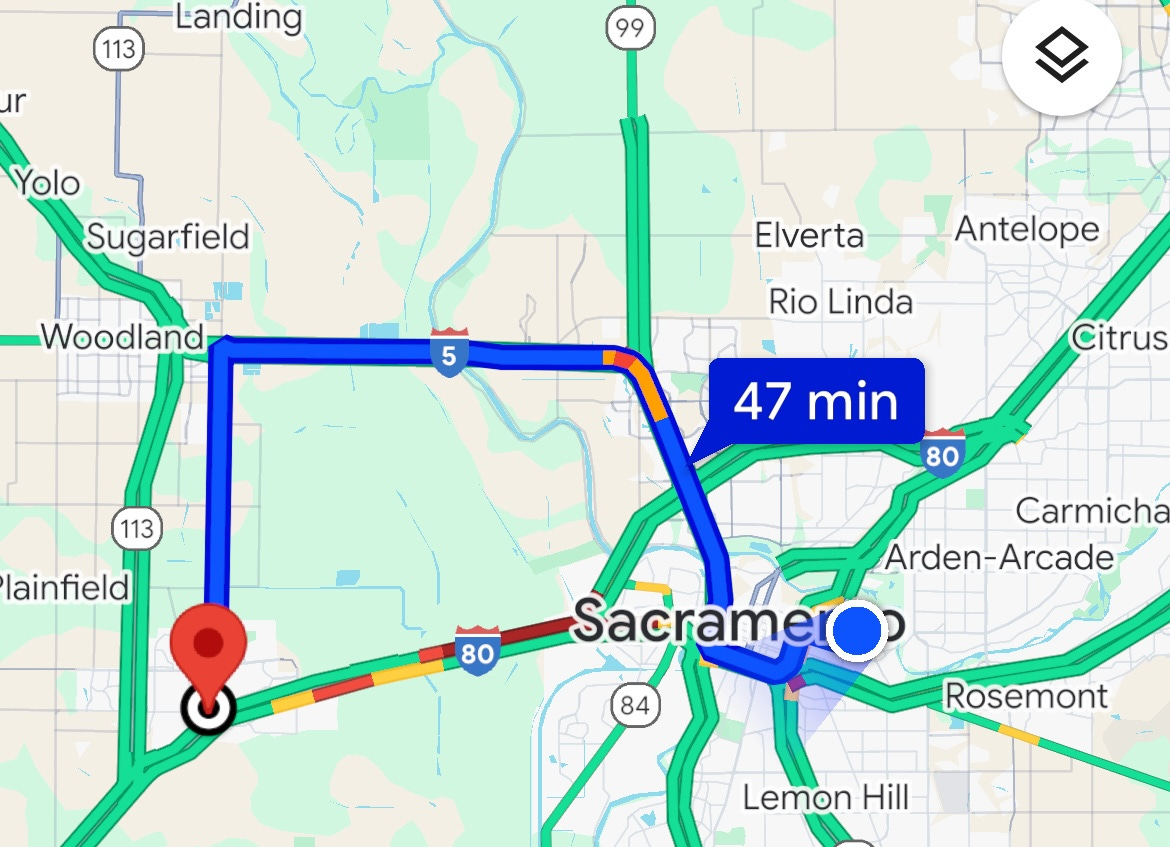Gridlock is the New Normal
Why roads are failing and what it tells us about the hidden costs of complacency
Listen to the AI Narrated commentary overview of the post:
Last week, as I set out for a meeting in Davis on a route that typically takes me no more than 20 minutes, I received an alert from Google Map: "Expected travel time: 47 minutes."
A frustrating detour lay ahead, the result of yet another round of urgent infrastructure repairs, this time part of Sacramento's extensive Fix50 initiative, a $483M project that was supposed to be completed in July 2025 (now delayed an additional year).
As traffic ground to a crawl, I made a mental note to dig deeper into the issue, wondering if this was an isolated inconvenience or part of a much larger story unfolding across the globe.
Roads at Risk: Global Infrastructure Under Siege
Turns out, my experience was hardly unique. The Autobahn in Germany recently made headlines for cracking under record-breaking heat.

Closer to home, reports from Phoenix described road surfaces reaching temperatures upwards of 140°F, enough to buckle the roads and melt asphalt. It’s becoming clear that our roads, vital arteries carrying the lifeblood of our economy, were not designed for the climate we now face.
Every day, nearly 50 million tons of freight worth more than $52 billion travels across U.S. highways. Yet, these same roads are increasingly vulnerable to climate extremes.
The scale is staggering: In 2023 alone, the U.S. endured 28 separate billion-dollar weather disasters, each event punctuated by damaged or closed roads and bridges. Nebraska’s 2019 "bomb-cyclone" floods simultaneously shut down over 3,300 miles of state highways overnight, slicing vital supply lines and isolating communities.
A Debt to the Future: The Hidden Cost of Deferring Resilience
The heart of the problem lies in our outdated infrastructure standards, conceived in an era when weather patterns were predictable and temperatures stayed within manageable bounds. Climate change has shifted this baseline dramatically and our infrastructure (and maintenance of it) is no longer keeping pace.
For instance, potholes, a seemingly mundane issue. They’re proliferating at alarming rates due to more frequent freeze-thaw cycles. Winnipeg, Canada, saw pothole claims leap from a typical 360 per year to over 2,000.
Similarly, intense heat waves in places like Missouri have caused roads to buckle violently, at times even launching vehicles into the air.
The underlying costs are spiraling: California alone spends approximately $1 billion annually repairing climate-related road damage. This figure is only expected to rise as extremes intensify.
Specifically, consider Pew’s Analysis of state budget shortfalls, even with major federal efforts like the IRA (Pre-OBBBA), revealed that infrastructure spending alone isn’t enough to close the resilience gap:
33 states expect to miss at least some of their benchmarks for roadway conditions, preservation and maintenance funding, or both over the next decade.
24 states reported a combined $86.3 billion funding gap over 10 years.
If we care about national economic health, viewing infrastructure resilience through the same lens as national debt makes sense.
Every time we defer investing in resilient, adaptive infrastructure, we’re effectively borrowing against the future.

These hidden liabilities pile up, and soon the cost of repeated short-term fixes will exceed the economic benefits that the roads themselves provide. It's a high-interest loan we can’t afford to ignore.
Gridlock Ahead: The Looming Threat to Our Daily Lives
What’s at stake is more than economics; it's our quality of life. If current trends continue unchecked, every city will suffer its own equivalent of Los Angeles’ infamous 405 rush hour, not from population growth but from infrastructure contraction. Imagine routine daily commutes becoming multi-hour ordeals, supply chains snarled, and the basic reliability we take for granted evaporating.
But it doesn't have to be this way… promising solutions are already emerging.
Innovative materials, like self-healing asphalt infused with micro-capsules of rejuvenating oils or fibers, could extend road lifespans significantly.
Cities like Los Angeles and Phoenix are experimenting with reflective coatings that lower road temperatures and minimize heat damage. Real-time sensor networks embedded in roads and bridges are helping predict structural failures before they become disasters.
Forward-looking cities are proving resilience pays off. Rotterdam, for example, has entirely redesigned its urban landscape to coexist with water, turning flood risks into beautiful public spaces. Likewise, New York City’s comprehensive flood defenses post-Hurricane Sandy show what's possible with proactive investment.
Complacency: A Short-Term Mind Virus
Yet, complacency remains a dangerous short-term mindset, a kind of societal "mind virus." Allowing infrastructure to deteriorate doesn't just damage roads; it erodes trust in public institutions.
The very definition of our social safety net expands from financial and healthcare provisions to the basic guarantee of functional roads, bridges, and transit. When communities can no longer reliably provide these essentials, we edge closer to societal breakdown, extreme perhaps, but so are the realities we're facing in a post-1.5°C world.
Building for the Storms Ahead
Our roads are more than mere conduits for cars and trucks… they embody our collective investment in future prosperity. But their foundations are showing cracks, both literal and metaphorical.
Alexis de Tocqueville once noted that roads can be a marker of public wellbeing, just as vital in building trust as schools or places of worship:
“I know of no people who have established schools so numerous and efficacious, places of public worship better suited to the wants of the inhabitants, or roads kept in better repair.”
Tocqueville, in Democracy in America, celebrated public infrastructure, roads, in particular, as foundational to a healthy democracy. When roads begin to crumble, it’s not only the pavement that fails, it’s the trust that binds society together.
To safeguard our future, we must invest proactively in climate-resilient infrastructure. This is not an abstract call to action; it's a direct response to the daily realities confronting each of us, whether stuck in traffic or witnessing escalating maintenance bills.
It's time we recognize infrastructure resilience as an essential national priority (this applies to all nations, and some actually do it in that perspective). Otherwise, we're simply paving over today’s problems at the expense of tomorrow’s stability.
For those interested in exploring this further, our foundations_ research team published a deep-dive report titled, “When the Asphalt Cracks, So Does the Economy”. The report unpacks the climate-related damage and repair cycles that are increasingly straining our economy, through both reduced productivity and rising fiscal burdens.
It also outlines the long-term financial risks that emerge from deferring systemic upgrades in favor of patchwork repairs. If you're interested in the intersection of infrastructure, resilience, and economic foresight, it’s well worth a skim.



